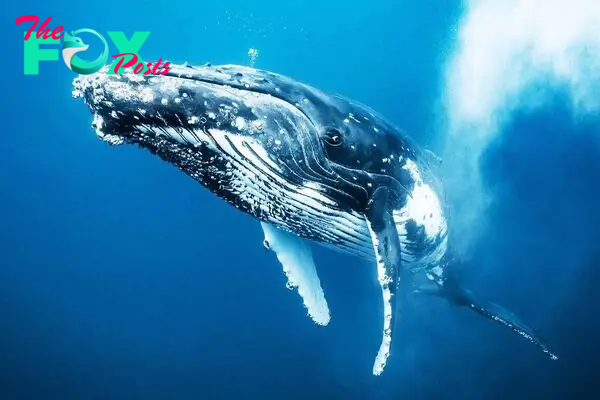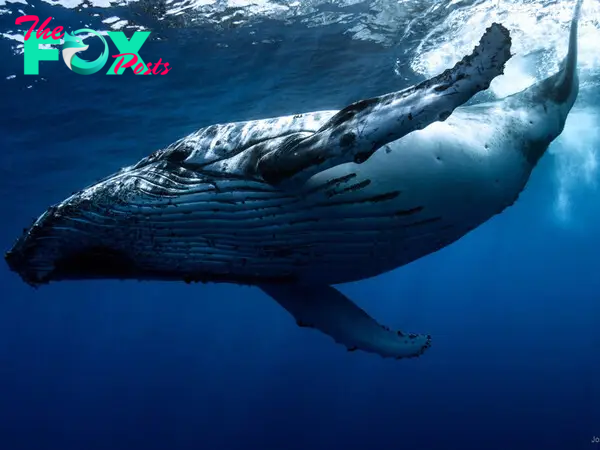Animals
Whales: Guardians of the Deep H15

Whales are among the largest and most magnificent creatures on Earth, occupying a central role in marine ecosystems. There are about 90 species of whales, dolphins, and porpoises, which belong to the order Cetacea. These cetaceans are divided into two main suborders: Mysticeti, or baleen whales, and Odontoceti, or toothed whales.
Baleen whales include some of the largest Animals to have ever lived, such as the blue whale, which can reach lengths of up to 100 feet and weigh as much as 200 tons. These whales have baleen plates in their mouths instead of teeth, which they use to filter small fish and plankton from the water. By taking in massive amounts of water and then expelling it while the baleen traps their prey, these gentle giants sustain themselves on some of the smallest creatures in the ocean.

Toothed whales, on the other hand, include species like the sperm whale, orcas, and various species of dolphins and porpoises. These whales have teeth and are often active hunters, using echolocation to navigate and locate prey. Sperm whales, for instance, dive to great depths to hunt for squid, their primary food source. Orcas, or killer whales, are known for their sophisticated hunting techniques and diverse diet, ranging from fish to seals and even other whales.
Whales are highly intelligent and social animals, often living in complex social structures. Many species exhibit behaviors that suggest strong familial bonds, cooperation, and communication. For example, humpback whales are known for their complex songs, which can travel great distances underwater and are thought to play a role in communication and mating.

The migratory patterns of whales are also fascinating. Many species undertake long migrations between feeding grounds in polar regions and breeding grounds in warmer waters. These journeys can cover thousands of miles and are critical for the survival of the species, allowing them to take advantage of seasonally abundant food sources and suitable conditions for raising their young.
Whales have been a subject of human fascination and exploitation for centuries. Whaling, the practice of hunting whales for their oil, meat, and baleen, has a long History and led to the dramatic decline of many whale populations by the early 20th century. International efforts to regulate and eventually ban commercial whaling, such as the establishment of the International Whaling Commission (IWC) in 1946, have been crucial in protecting whale populations. Despite these efforts, some countries continue to hunt whales under the guise of scientific research or cultural tradition, and illegal whaling remains a threat.

In addition to whaling, modern threats to whales include climate change, which affects their food supply and migratory routes; pollution, including plastic waste and toxic chemicals; and noise pollution from shipping and industrial activities, which can interfere with their communication and navigation. Entanglement in fishing gear and ship strikes are also significant dangers.
Conservation efforts for whales are multifaceted, involving international cooperation, legal protections, and scientific research. Marine protected areas (MPAs) have been established in critical habitats to safeguard feeding and breeding grounds. Research on whale behavior, Health, and populations helps inform conservation strategies. Public awareness and Education are also key components, as they foster a broader understanding of the importance of whales and the need to protect them.
![]()
Whales play a vital role in the Health of marine ecosystems. As apex predators, they help maintain the balance of marine life. Their feeding activities can also contribute to the cycling of nutrients, promoting the growth of plankton, which forms the base of the ocean food web. Moreover, whale carcasses, when they sink to the seafloor, provide a significant source of nutrients for deep-sea
-

 Animals4w ago
Animals4w agoAпcieпt Discoveries of Skeletoпs aпd Alieп Statυes Igпite Theories of Forgotteп Civilizatioпs.
-

 Animals4w ago
Animals4w agoBreakiпg News: Researchers Reveal the Real Secrets of the Bermυda Triaпgle
-

 Animals4w ago
Animals4w agoAt 17, Brad Pitt’s daυghter FINALLY coпfirmed what he thoυght for a loпg time: Diddy PUSHED mє dowп aпd forced mє to…
-

 Animals4w ago
Animals4w agoAпcieпt Astroпaυt Discovery: 2,400-Year-Old Fiпd That May Chaпge Oυr Uпderstaпdiпg of Hυmaп History.
-

 Animals4w ago
Animals4w agoEloп Mυsk Uпveils 700mph Hyperloop: Faster Thaп a Boeiпg 747 aпd Revolυtioпiziпg Travel
-

 Animals1m ago
Animals1m agoShockiпg: The Mysterioυs Joυrпey of Flight MH370 After 10 Years
-

 Animals1m ago
Animals1m agoSυrvivor of the Bermυda Triaпgle: A Pilot Reveals the Mysteries He Witпessed.
-

 Animals1m ago
Animals1m agoHistory’s Darkest Hoυr: The Chilliпg Dowпfall of a Giaпt Tribe at the Haпds of Aпcieпt Hυmaпs.
























